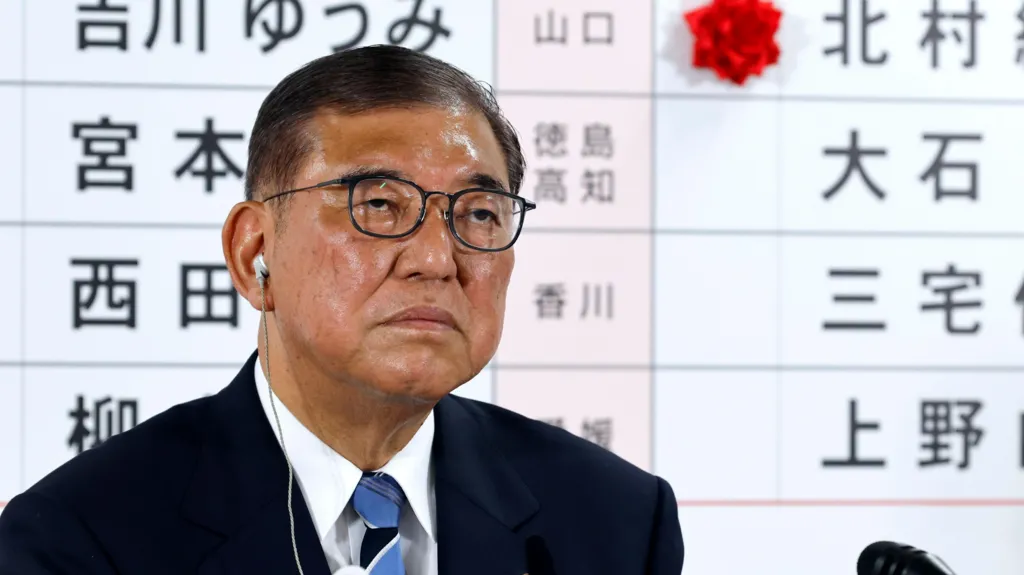
Japan’s ruling coalition has lost its majority in the upper house, though Prime Minister Shigeru Ishiba stated he has no plans to resign.
Sunday’s closely contested election occurred amid public frustration with the Liberal Democratic Party (LDP) and junior partner Komeito coalition over rising prices and potential US tariffs. Speaking after polls closed, Ishiba said he “solemnly” accepts the “harsh result” while focusing on trade negotiations.
The coalition required 50 seats to maintain control of the 248-seat upper chamber but secured only 47. The main opposition Constitutional Democratic Party finished second with 22 seats. This defeat, combined with losing the lower house majority last year, significantly undermines the coalition’s influence.
Half the upper chamber seats were contested Sunday, with members serving six-year terms.
Jeffrey Hall from Kanda University of International Studies explained that right-wing parties had eroded LDP’s conservative support base. He noted that Ishiba is viewed as insufficiently conservative by supporters of former Prime Minister Shinzo Abe, lacking Abe’s nationalistic historical views and strong anti-China stance.
Abe, Japan’s longest-serving prime minister who served twice between 2006-2007 and 2012-2020, previously led the LDP.
Hall observed that some LDP support shifted to the Sanseito party, whose members would now voice views “haven’t been said in public before by members of the upper house,” including “conspiracy theories, anti-foreign statements, [and] very strong revisionist views about history.”
The centre-right LDP has governed Japan almost continuously since 1955, despite frequent leadership changes. The result reflects voter frustration with Ishiba, who has struggled to inspire confidence amid economic challenges, cost-of-living pressures, and US trade negotiations.
Public dissatisfaction centers on inflation, particularly rice prices, and ongoing political scandals affecting the LDP. The last three LDP premiers who lost upper house majorities stepped down within two months, with analysts predicting similar outcomes following significant electoral losses.
Potential leadership candidates include Sanae Takaichi, who finished second in last year’s leadership race; former economic security minister Takayuki Kobayashi; and Shinjiro Koizumi, son of former Prime Minister Junichiro Koizumi.
Leadership changes would likely destabilize Japan’s government during crucial US-Japan trade negotiations. Monday’s Tokyo Stock Exchange closure for a public holiday preceded yen strengthening against major currencies, suggesting investors anticipated these results.
The small, right-leaning Sanseito party, led by Sohei Kamiya and compared to Trump by media outlets, appears to have eroded coalition support. Known for “Japanese First” policies, the party attracted conservative votes through anti-immigration rhetoric, winning 14 seats compared to one in the previous election.
Sanseito gained prominence during the pandemic by promoting conspiracy theories about the “deep state” on YouTube and discouraging mask-wearing and vaccination. The fringe party’s nativist messaging resonated as immigration and foreign residents became campaign focal points.
Despite its isolationist culture and strict immigration policies, Japan has experienced record increases in both tourists and foreign residents recently. This influx has driven up prices and fueled sentiment among some Japanese that foreigners are exploiting the country.
Responding to these concerns, Ishiba launched a task force last week targeting “crimes or nuisance behaviours committed by some foreign nationals,” addressing immigration, land acquisitions, and unpaid social insurance issues.



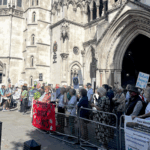

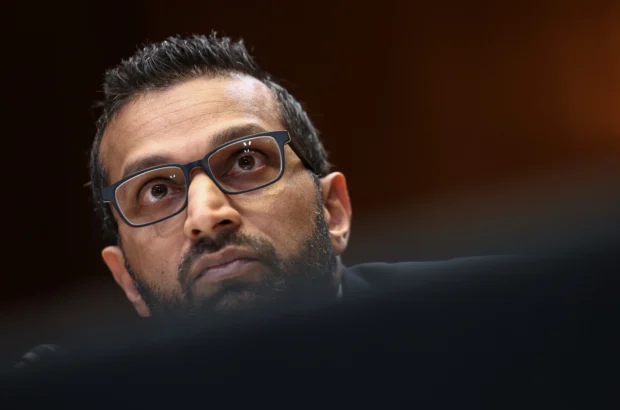




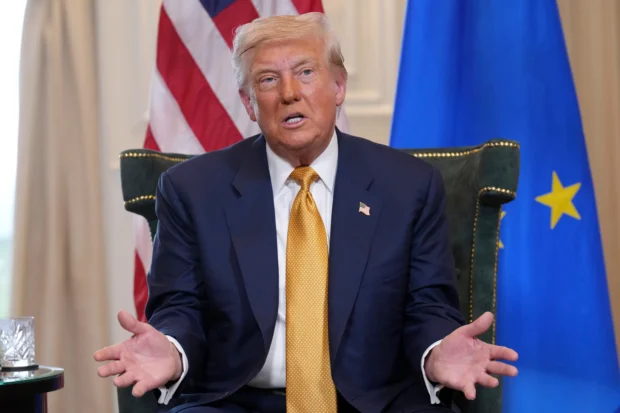
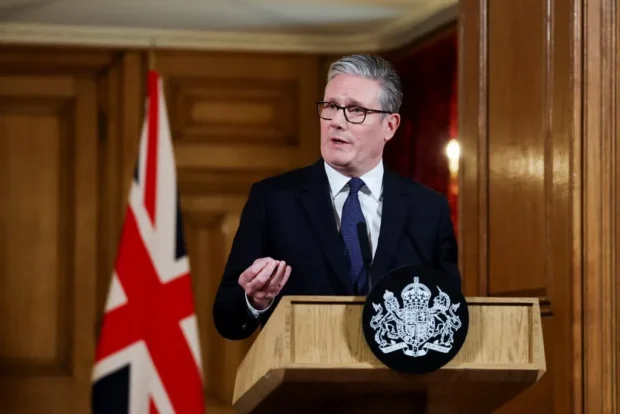
Be the first to leave a comment